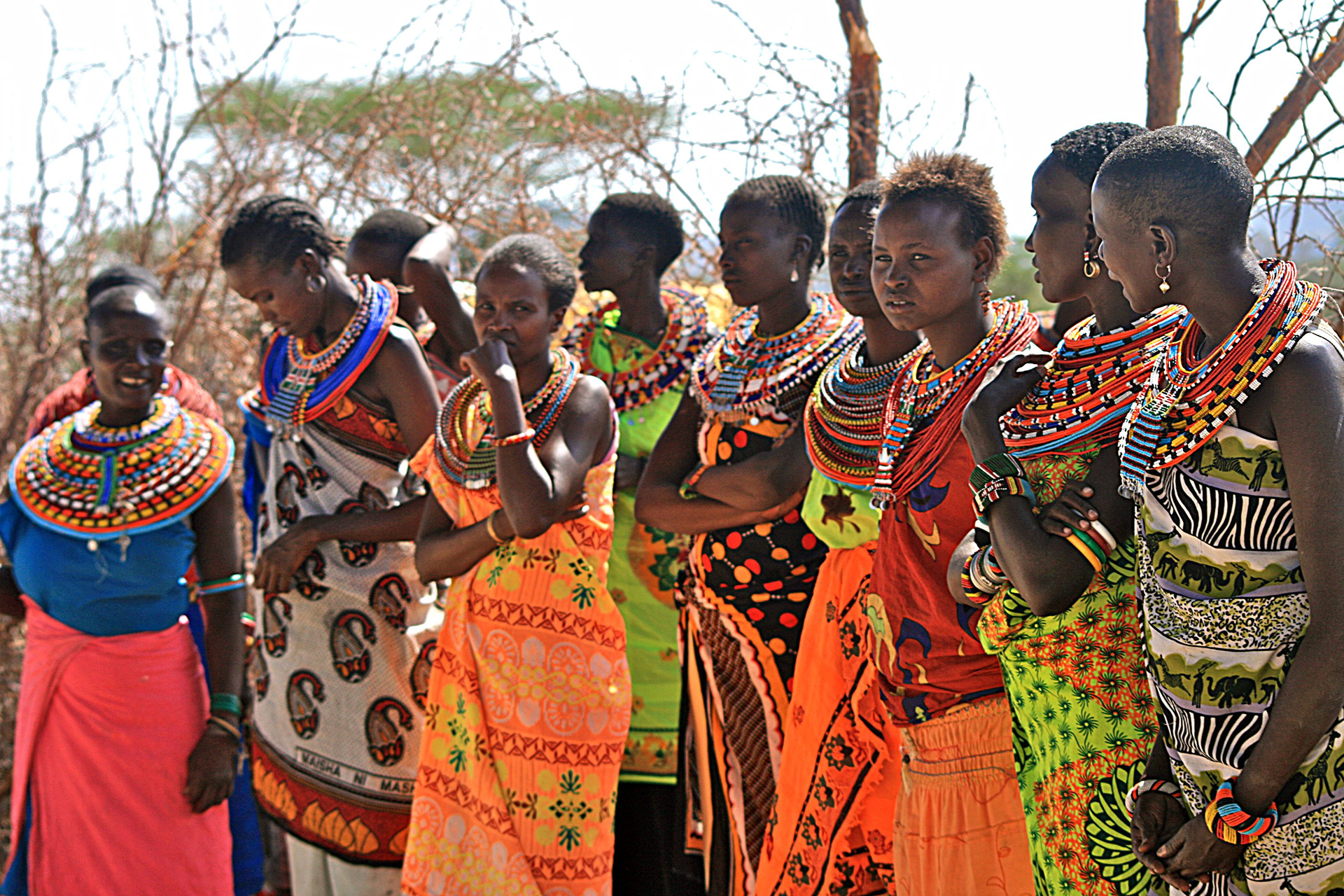Learning about African Music was a bit hard for me to understand. Maybe because, this music I am not used to listening to. It is definitely not Taylor Swift! None the less, I can still appreciate hard work and effort that is put behind each musical creation. While pondering what I should write about and just googling random topics, I did come across a couple of items that I thought was interesting and wanted to share with you.
1. New Wave Dance Music From South Africa
I am not going to lie, this one I had to listen to a few times to really appreciate it. But first, let me give you some background. This music is traditional South African music compiled with electronic sounds to create this fast paced, exciting sound all together. According to the Shangaan Electro Album, this type of music is popular between Johannesburg, Limpopo and Mozambique. This fast paced music creates a highly energetic sound that makes many people want to dance. When Listening, at first I almost wanted to know what the lyrics were, but I was honestly struggling to even hear them through all of these upbeat rhythms and sounds. After trying to listen again, I began to realize that lyrics didn't really matter as much, the purpose of this music is to get you up and dancing. If you'd like to learn more about this music here is a great link! Various Artists: New Wave Dance Music
2. African Drums
Being someone who always hung out with the percussionists in band, because I was always fascinated with all the different instruments they got to perform on I was determined to find something to share! Because music in Africa is centered around rhythm, the fact that there are so many competitions based on drumming just makes sense. In this video, we get to see some really talented musicians play some really intricate rhythms. In band class, I don't think I have seen a percussionist drum just using their hands though. It isn't as common to have someone learn how to hand drum. The timbre of the drums is also quite different from a snare drum. The sound of a hand drum is much deeper than the quick snapping sound of a snare. Honestly, those rhythms sounded very complicated and I am sure that took a lot of practicing to achieve that speed and precision. I wonder what kind of stretches they do to keep their wrists from hurting?
3. Bright and Beautiful Colors of Fabric
Clothing in any country is a way of expressing ourselves, where we come from and even what we might be a part of. Africa is no different. The clothing in Africa can be a symbol of creativity, status and even allegiance to African tribal roots. Like the Spanish, the colors of African clothing can have some meaning too. According to the African Fabric Store at African Fabric Store, each color is a representation of something. Some examples include;
- White: purity and spirituality
- Green: Medicinal and represents prosperity in life
- Blue: Peace and Love'
- Yellow/Gold: Wealth and fertility
- Red: Represents tension politically or spiritual and is viewed as the color of blood


Hi Amber! I agree, the first video has a very upbeat tempo. I also believe that it has a constant beat. To add, I am sort of familiar with people playing the drums with their hands in my church but it is normally the smaller drums called the bongos. I have not seen anyone play those types of drums before though! This was a very informational blog post!
ReplyDeleteHey Amber! The New Wave Dance Music sounds similar to highlife music in Ghana. I discussed it in my blog if you would like to compare. I really do like the last point about the beautiful colors that are shown through African wear or any culture in fact. To add, drums being played by hand has only appeared to my knowledge through jazz music or at like clubs that have spoken word. It is pretty intense seeing them play fast beats by hand haha; I would definitely get lost lol.
ReplyDeleteHey Amber!
ReplyDeleteI also have found it has been hard to connect with other cultures music types! I honestly thought I was the only one LOL. However I thought she did a very good job when it came to your blog with really trying to connect to the traditional music of South Africa!
Hi! I liked how you researched about the clothing they wore. I never knew different colors had specific meanings to match. I think it's pretty neat there are drumming competitions, especially in Africa where drums are significant.
ReplyDelete